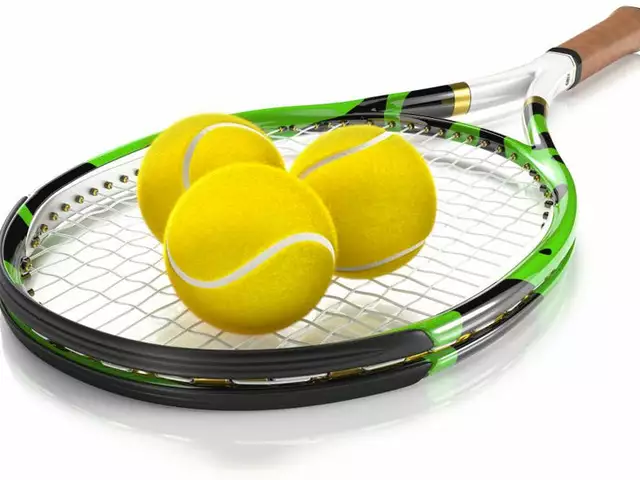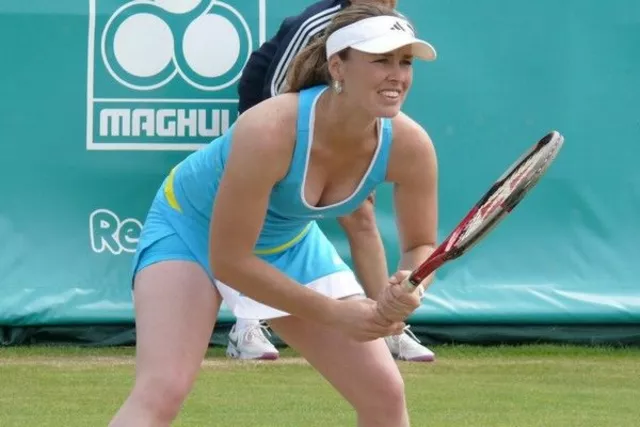31 January 2023
Analyzing the Pros and Cons of Two-Piece Stringing for Tennis Racquets
Two-piece stringing is a popular option for many tennis players, but it’s important to understand the pros and cons of this approach before making a decision. This article will look at the various benefits and drawbacks of two-piece stringing for tennis racquets so that you can make an informed decision about whether or not this is the right choice for your needs.The first thing to consider is that two-piece stringing offers a higher level of tension control than one-piece stringing. When you use two pieces of string, you can adjust the tension on each piece individually, allowing you to achieve a more precise tension setting. This is especially beneficial for players who like to customize their racquet’s tension to their own preferences.
On the other hand, two-piece stringing is more time-consuming and can be more expensive. It requires extra string and more labor to complete. Additionally, if the tension is not set correctly, it can lead to premature string breakage and decrease the life of your racquet.
Another factor to consider with two-piece stringing is that it can cause a decrease in power. This is because the strings are less stable than with one-piece stringing. If the strings move too much when you hit the ball, it can cause the ball to lose speed and spin, reducing your power.
Finally, it’s important to note that two-piece stringing can be more difficult to maintain. Because the strings are not as stable, they can move more easily, and thus require more frequent string maintenance. This can include restringing your racquet more often or adjusting the tension on the strings.
In conclusion, two-piece stringing for tennis racquets can be a great option if you want more precise tension control or if you are looking to customize your racquet’s tension. However, it is important to weigh the pros and cons of this approach before making a decision. Consider how much time and money you are willing to invest, as well as how much power and stability you need, to make an informed choice.
Exploring the Impact of Two-Piece Stringing on Tennis Racquet Performance
When it comes to performance on the court, stringing is one of the most important aspects of a tennis racquet. There are several types of stringing, from single-piece stringing to two-piece stringing. Two-piece stringing involves two strings that are tightly woven together, which creates a tighter, more durable bond than single-piece stringing. But is two-piece stringing bad for your racquet?The answer is that two-piece stringing can be bad for your racquet if it is done incorrectly. If the strings are not properly tensioned, or if the stringing job is not done correctly, it can cause premature wear or breakage of the racquet frame. Additionally, two-piece stringing can decrease the power of your racquet. The two strings that are woven together create a more rigid frame, which can lead to a decrease in power and a decrease in control.
However, if two-piece stringing is done correctly, it can actually improve racquet performance. This type of stringing creates a tighter bond between the strings, which can create more power and control. Additionally, two-piece stringing can also help reduce vibration, which can improve the feel of the racquet.
Overall, two-piece stringing can be beneficial for your racquet if it is done correctly. However, if it is done incorrectly, it can cause premature wear or breakage of the racquet frame, as well as a decrease in power and control. Therefore, it is important to take the time to ensure that the two-piece stringing job is done correctly.
Understanding the Benefits and Drawbacks of Two-Piece Stringing for Tennis Racquets
When it comes to stringing a tennis racquet, there are two main types of stringing techniques: one-piece and two-piece. Both have their pros and cons, so it can be difficult to decide which one is best for your racquet.Let's start by taking a look at the benefits of two-piece stringing. This type of stringing offers a more even tension across the entire string bed. This can be beneficial for players who want a consistent response from their racquet. In addition, two-piece stringing can also provide more power as the strings are less likely to stretch and become loose.
On the downside, two-piece stringing can cause more wear and tear on your racquet over time. This is because the string bed is more tightly strung, which can cause the strings to rub against one another and wear out. Additionally, two-piece stringing can be more expensive than one-piece stringing, as it requires additional labor and materials.
Ultimately, it is important to consider both the benefits and drawbacks of two-piece stringing when deciding which type of stringing is best for your racquet. By weighing the pros and cons of both one-piece and two-piece stringing, you will be able to make an informed decision about which type of stringing is best for your game.





